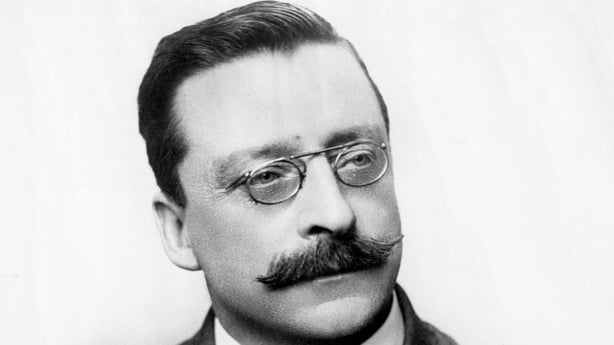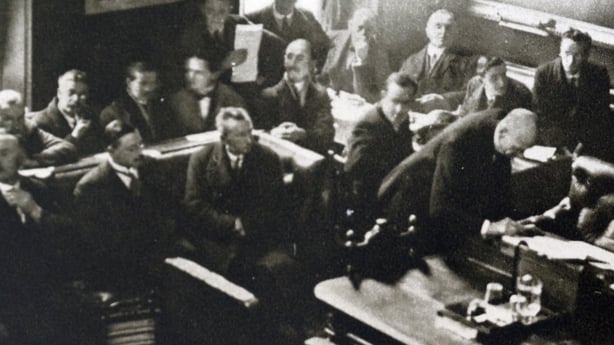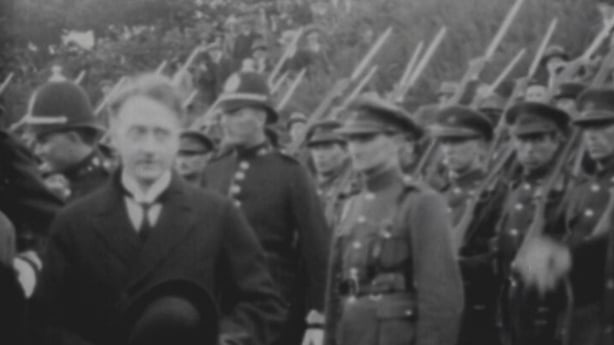One hundred years ago today, the Irish Free State was made a member of the League of Nations, the body set up in 1919 in a bid to ensure no conflict like the 1914-18 war could ever happen again.
Even before the War of Independence, Republican leaders like Arthur Griffith believed that an independent Ireland could not afford to be left out of the new post-war world order.
The US President Woodrow Wilson had seemed to encourage Irish dreams of independence when, in 1918, he published his 'Fourteen Points', a manifesto for a new world order in which the freedom of small nations as well as large nations would be protected.

The Irish believed that this aspiration included them.
They were to be sorely disappointed.
President Wilson never intended his plan to include an independent Ireland; the 'small nations' he referred to were the ones emerging from the ruins of the empires of Germany and Austria-Hungary.
He refused to embarrass his wartime ally, British Prime Minister David Lloyd-George, by endorsing Irish independence.
The Republican leadership in Ireland never gave up on the dream of being accepted into the new world order, and plans were made in 1921 to set up an office in Geneva, Switzerland, where the league was based.

The first diplomat in the new office was Michael MacWhite, a decorated French Foreign Legion veteran, and a former schoolteacher and journalist.
He forged relationships with the leaders of the League of Nations, including its Secretary Sir Eric Drummond, who was well-disposed towards Irish membership.
In late 1921, a crucial breakthrough was achieved.
Under the terms of the Anglo-Irish Treaty, the 26 counties of the new Irish State became a dominion of the British Empire, on a par with countries like Canada and Australia.
David Lloyd-George assured the Sinn Féin President Arthur Griffith in writing that Britain would support an Irish bid for league membership.

Major milestones
Two major milestones were reached in 1923 that accelerated the drive for league membership.
The Irish Free State was inaugurated, with its constitution endorsed in the Dáil and at Westminster.
The Government was no longer a 'Provisional' one; it could now take, and stand over, major initiatives like membership of the League of Nations.
Then, in May, the Civil War ended when the IRA was ordered by the anti-treaty leadership to hide its weapons and cease operations.
No country at war, either with external or internal enemies, could be accepted into the league, so this was another major hurdle cleared.
The Irish Government believed that membership would allow them register the treaty with the League of Nations, so confirming its status as a full treaty between two separate countries, and not what the British claimed it was, an internal agreement between two parts of the same entity.
They also wanted the league to back the Free State in its bid to have the border with Northern Ireland redrawn.

On 10 September, 1923, the President of the Executive Council (what we would now call the Taoiseach) WT Cosgrave entered the General Assembly of the League of Nations in Geneva. To sustained applause, the delegations of the existing members voted unanimously to accept the Free State as a member of the league.
Upon the return of the Irish delegation to Dublin, they were greeted with scenes unprecedented since independence.
Army guards of honour, bands, and firing parties made the formal welcome, while crowds lined the streets from Dún Laoghaire pier to O’Connell Street.





